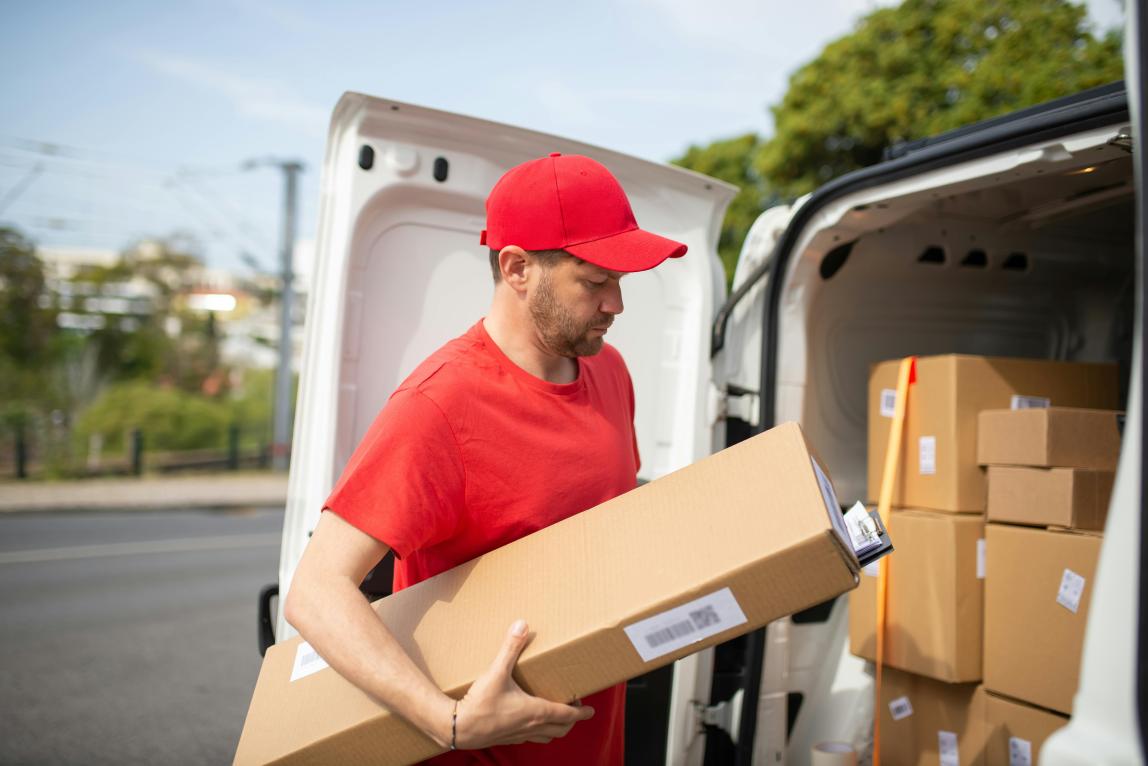
Parcel delivery becomes more efficient and accurate
06/03/2025 - 08:44
Consumers frequently complain about parcel and grocery deliveries, particularly about the number of delivery vans in residential areas. However, the real issue often lies in driving behaviour and parking rather than the sheer number of vehicles. According to Hans Quak, Professor Smart Cities & Logistics at Breda University of Applied Sciences, delivery rounds by companies like PostNL and DHL are already so optimised that further efficiency gains are minimal. In grocery delivery, however, there are differences. For example, Picnic uses limited delivery time slots and achieves a higher drop density, making their service more efficient compared to Albert Heijn, which delivers at times chosen by the customer.